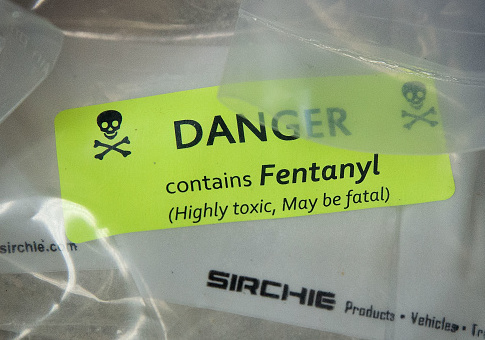The opioid crisis has cost more than a trillion dollars since 2001, a new analysis finds, and may incur an additional 500 million dollars in costs over the next three years.
The new report from healthcare nonprofit Altarum analyzed CDC mortality data through June of 2017, NPR reports. The report analyzed the economic impact of lost productivity, earnings, and tax revenue in addition to the direct health costs associated with drug overdose.
The greatest individual cost associated with the opioid epidemic, Altarum concluded, was lost productivity due to opioid fatalities—there were more than 42,000 such deaths in 2016. Although the bulk of the costs accrue to the private sector, early deaths and substance abuse also negatively impact federal, state, and local tax receipts.
Direct medical costs also constitute a significant burden on the American economy, totaling more than $215 billion since 2001. Those costs are driven largely by ambulance costs, emergency room visits, and naloxone, a drug used by EMTs to reverse opioid-induced overdose.
Costs of the epidemic doubled between 2011 and 2016, and are projected to continue to climb absent a "sustained national response," Altarum said. President Donald Trump’s budget, released Monday, includes $13 billion to combat the opioid epidemic, although that expenditure is offset by cuts to healthcare programs, including Medicaid.
Part of this enormous cost to America comes from the fact that opioid deaths are rising increasingly among younger Americans, who are more prone to use drugs such as fentanyl and heroin as compared against the prescription opioids older Americans more frequently abuse.
"The average age at which opioid deaths are occurring—you're looking at something in the late 30s or early 40s. As a result, you're looking at people that are in the prime of the productive years of their lives," Corey Rhyan, a senior research analyst at Altarum, told NPR.
Altarum’s is not the first long-term study to find that the opioid epidemic was slowly growing long before Americans became aware of it. As of the year 2000, 8.6 percent of Americans self-reported abusing opioids, one study found; that number rose to 13.6 percent by 2014. Deaths from opioid-related hospitalization have also been steadily rising since 2000; another recent study found that that rate has quadrupled over the past two decades.
